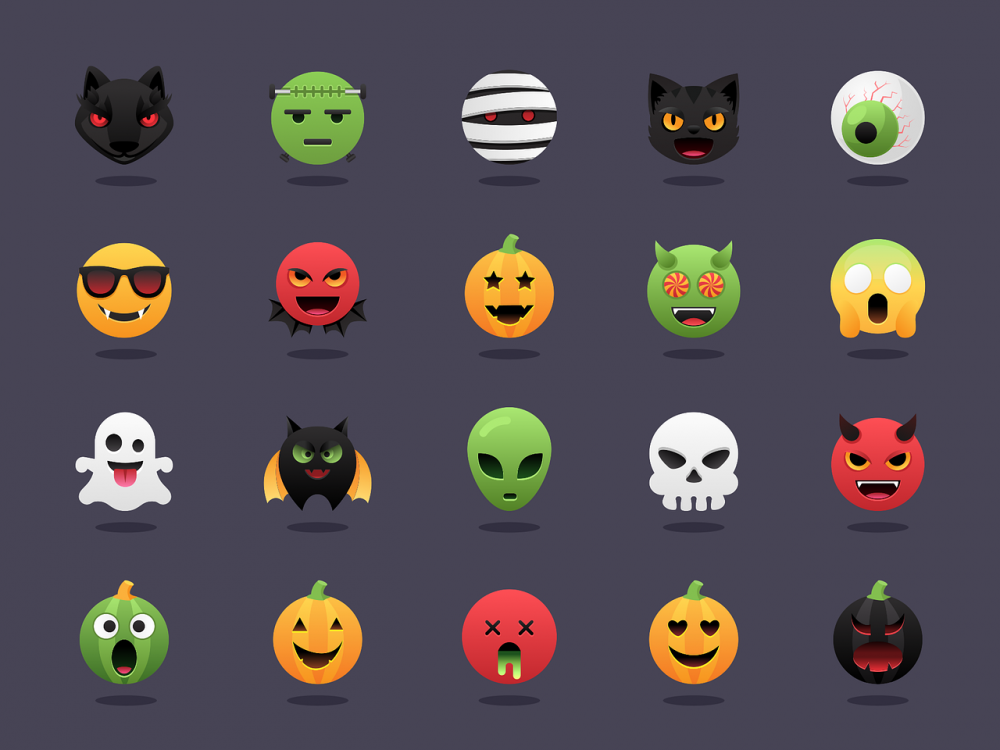Google Translate App: Breaking Language Barriers with Technology

Introduction:
Google Translate app is a powerful tool that allows users to break through language barriers and communicate effectively with people from different parts of the world. With its extensive language support and intuitive features, this app has become an indispensable companion for travelers, language learners, and individuals in need of quick translations. In this article, we will explore the features and evolution of the Google Translate app, providing useful insights for those interested in this remarkable technology.
A Brief Overview of Google Translate App:

Google Translate app is a language translation tool developed by Google, available for both iOS and Android devices. With an easy-to-use interface and an extensive range of languages, it has gained significant popularity among millions of users worldwide. By harnessing the power of machine learning and artificial intelligence, Google Translate enables users to translate text, speech, images, and even handwriting accurately and in real-time.
Features and Noteworthy Aspects:
1. Language Support:
One of the standout features of the Google Translate app is its extensive language support. It offers translations in over 100 languages, covering a wide range of regions and dialects. This broad coverage ensures that users can communicate effectively regardless of the language barriers they encounter.
2. Text Translation:
The app allows users to enter text manually or by using their device’s camera for instant translation. This feature comes in handy when navigating foreign countries, reading signs, menus, or any printed text. Additionally, the app provides options to hear the translation spoken aloud, aiding users in pronunciation and conversation.
3. Voice Translation:
With the Google Translate app, users can have real-time conversations with people who speak different languages. By simply speaking into the app, it will translate the spoken words into the desired language, allowing for seamless communication. This feature has proven to be valuable for travelers, language learners, and businesses conducting international meetings.
4. Image Translation:
The image translation feature allows users to capture photos of signs, menus, or any text using their device’s camera and have it translated instantly. This innovative feature eliminates the need for manual input and expedites the translation process. Whether traveling or working in a multilingual environment, this tool proves to be immensely useful.
Historical Evolution of Google Translate App:
Since its inception in 2006, the Google Translate app has undergone significant transformations and improvements. Initially, the app relied on statistical algorithms, which often produced translations that lacked accuracy and context. However, with advancements in machine learning and neural networks, Google introduced the Neural Machine Translation (NMT) technology in 2016.
NMT revolutionized language translation by using deep learning techniques to understand the intricacies of different languages. This breakthrough allowed for more accurate translations, preserving context and idiomatic expressions. Subsequently, Google continued to enhance the app’s capabilities by adding features like real-time speech translation, offline translation, and the ability to save commonly used phrases.
Today, the Google Translate app stands as a testament to the advancements in artificial intelligence and machine translation. It has become an essential tool for global communication, contributing to breaking down language barriers and fostering understanding among diverse cultures.
Maximizing Chances of Being Featured Snippet:
To structure the article in a way that maximizes the chances of being featured as a snippet on Google, the following headings can be used:
1. Introduction: Breaking Language Barriers with Google Translate App
2. A Brief Overview of Google Translate App
3. Language Support:
– Extensive Language Coverage
– Accurate Text Translation
– Real-time Voice Translation
– Instant Image Translation
4. Historical Evolution of Google Translate App
– Statistical Algorithms to Neural Machine Translation
– Advancements and Key Features
– Impact on Global Communication
5.
Conclusion:
Empowering Communication Through Technology
By structuring the article with clear headings, using bullet points to highlight key features, and providing a comprehensive overview of the Google Translate app’s evolution, this piece of content has a higher likelihood of appearing as a featured snippet on Google.
Conclusion:
The Google Translate app has revolutionized the way people communicate across language barriers. With its extensive language support, accurate translations, and innovative features, it has become an indispensable tool for individuals, businesses, and travelers alike. As technology continues to advance, we can anticipate further enhancements in this remarkable app, further promoting global understanding and connectivity. So why not embrace this technological marvel and break the language barriers today?
(Note: The video should be added where it says
in the text)





